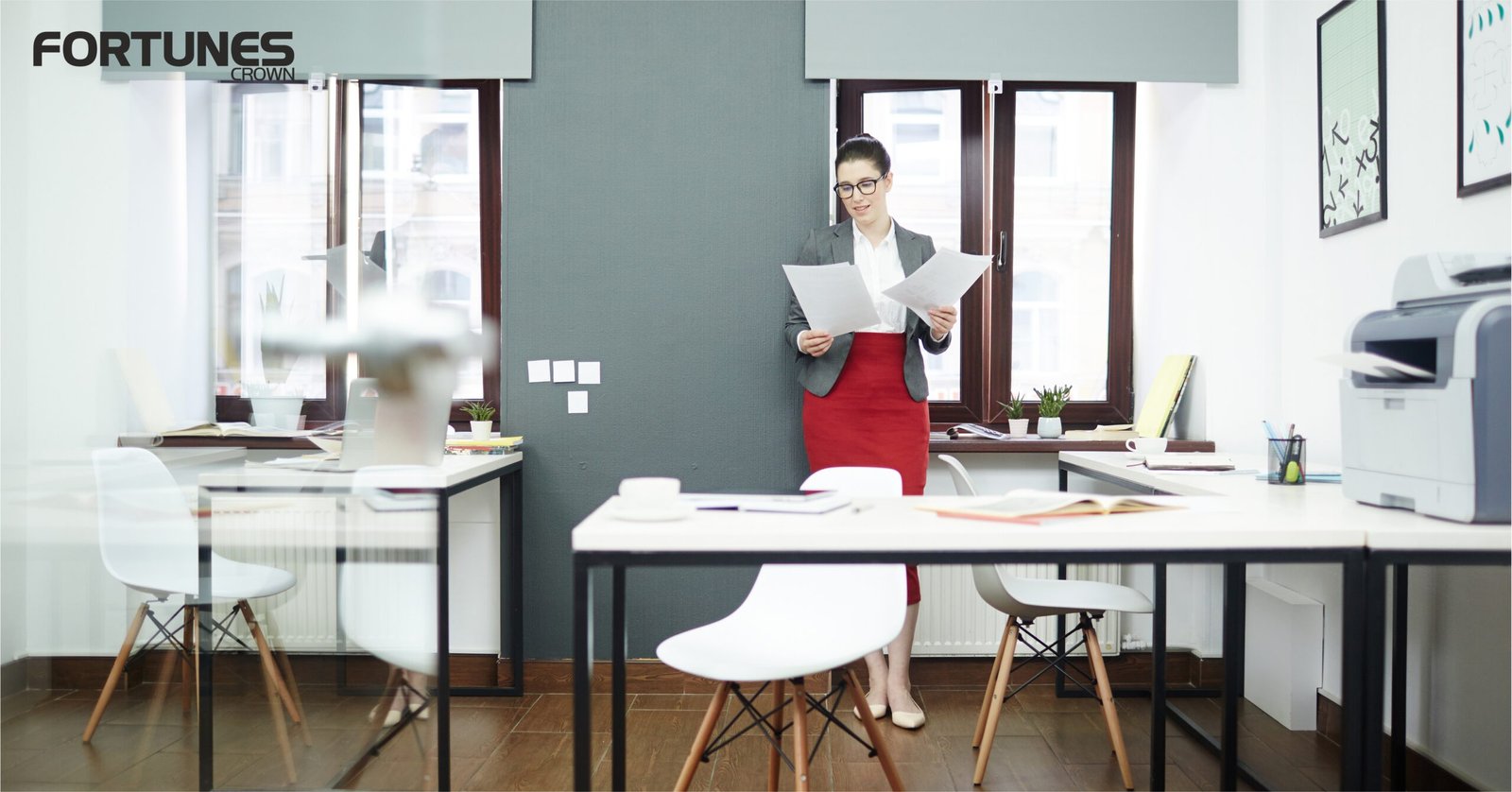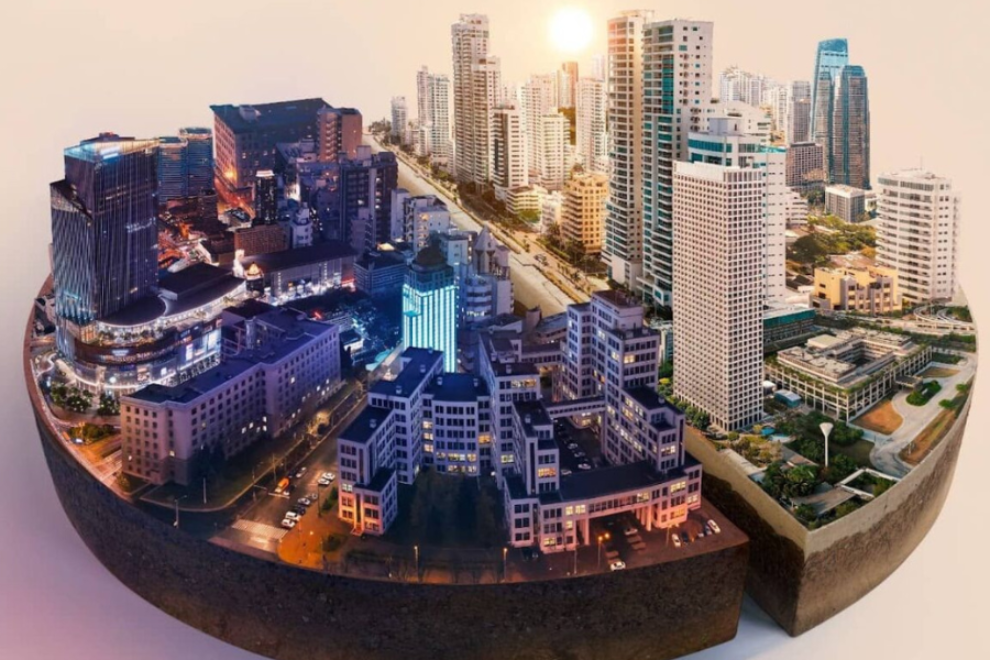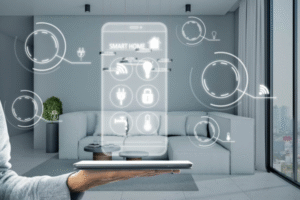Productivity is key to any successful business. Having a suitable and manageable workspace can increase employees’ productivity and creativity. Expert suggest that office designs are very important for productivity for the workers in an office. Certain office layouts can help employees to work more efficiently in an office which helps to increase productivity.
How to increase your office productivity? Does office design help to increase office productivity? What does office design for productivity look like?
In this article, we will discuss how office layout affects office productivity. Designing your office in a particular way creates a favorable office environment, making working more smooth and more effective.
There are many ways you can innovate your office design for productivity. Office layout also helps to change the mood of workers and keep them active and alert all day.
Let us discuss how office design is essential for office productivity. These are a few factors that affect workspace productivity, with the help of these you can create your own office design for productivity :
Having a Personal Workspace
For many employees, a disorganized and chaotic workspace makes managing their to-do lists more difficult and time-consuming. Others may prefer a more chaotic environment. Someone rightfully said, “Creative geniuses prefer a busy workplace”.
If you’re looking to streamline and simplify your workplace, consider the following:
- Filing of Electronic Data Processing (EDP) and paper documents in an orderly archive system.
- Replacing your HR filing cabinet with a specialized HR system is a significant first step in organizing your office space.
- Keep the things you use most close at hand and clean the things you only use occasionally.
- Recycle or dispose of documents you no longer need: Destroy any confidential business or personal information before deleting it.
Ergonomics is the key
The goal of ergonomics practice is to improve the conditions for performing daily activities in the workplace, thereby minimizing the associated potential health risks and reducing exertion and fatigue.
Improper desk placement can affect employees’ hands, wrists, joints, and backs, leading to absenteeism and associated costs to the organization.
Ergonomic considerations vary greatly between different types of workstations. For a typical office clerk role, consider the following:
- Use a laptop or monitor stand to keep the monitor properly positioned to allow for the best possible seating position.
- Use a stool if your feet naturally cannot rest comfortably on the floor.
- Use keyboard and mouse trays to hold your hands, wrists, and forearms effortlessly.
Good ergonomics are really helpful for increasing office productivity.
Creating a proper environment for working
Office interiors can have far-reaching effects on office productivity, people’s health and well-being that go beyond simple ergonomics.
For example,
- Poor ventilation and heating/air conditioning systems can cause discomfort and health problems
- Inadequate lighting can cause eyestrain, fatigue, stress, and headaches. Try to make the most of natural light and introduce adjustable lighting systems whenever possible.
- High noise levels can make it difficult for employees to concentrate and talk to colleagues, both in person and on the phone, resulting in reduced productivity and morale.
Creating different work areas, such as places for informal meetings and quiet corners for intensive work can make a big difference. A good office interior is important for productivity
Offices naturally favor a sedentary life. Adding conveniences in office layouts like bike racks and showers to your home encourages people to walk, run, and bike more.
Types of workspaces
A well-designed office interior should offer a variety of workspaces and have the right technology and organizational culture to help them work in different locations when they see fit.
Flexible spaces can also be used for lunch breaks and informal meetings, for unexpected meetings of people between teams and departments, and for welcoming teleworkers visiting the office.
Employees’ primary workspaces, typically their office design for productivity, should provide space to work individually and communicate and collaborate with other team members. For example, offices separated by partitions subtly prevent conversations between team members.








